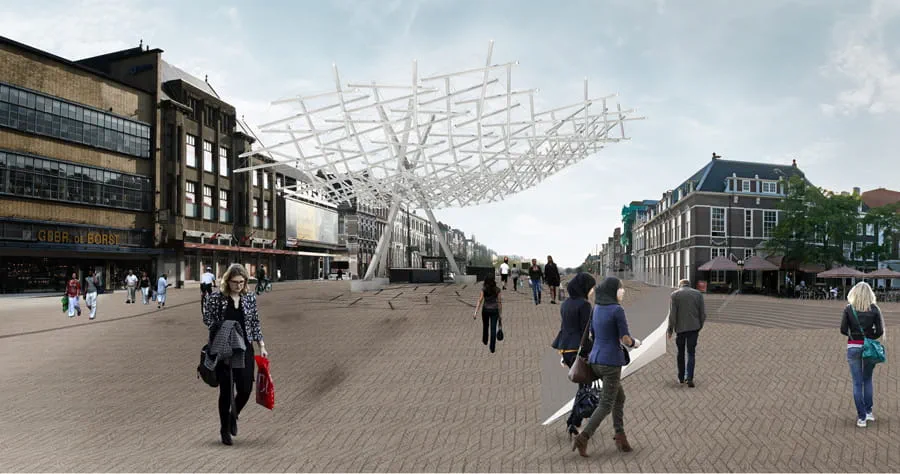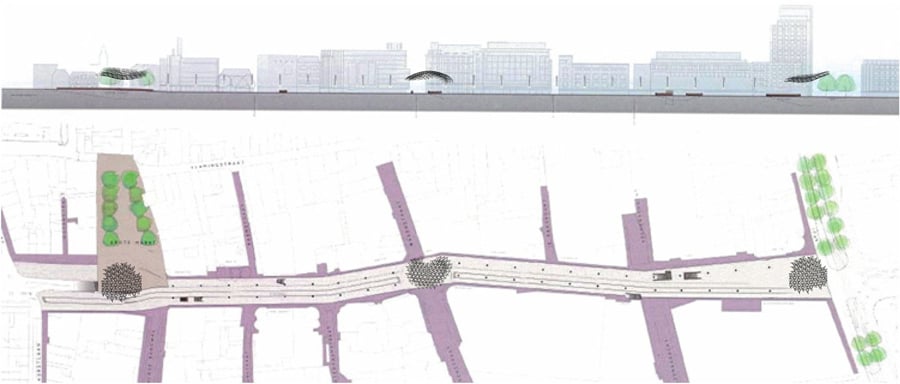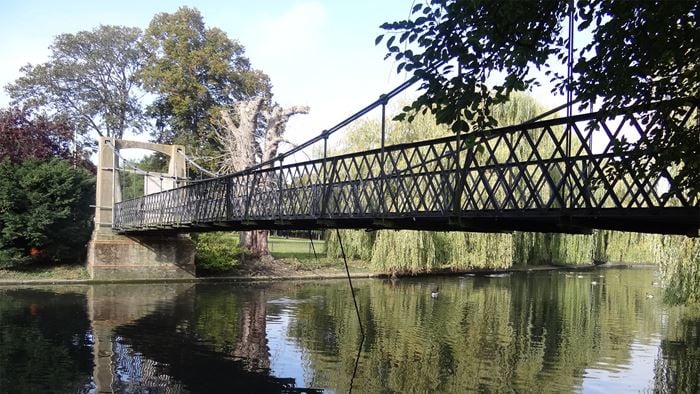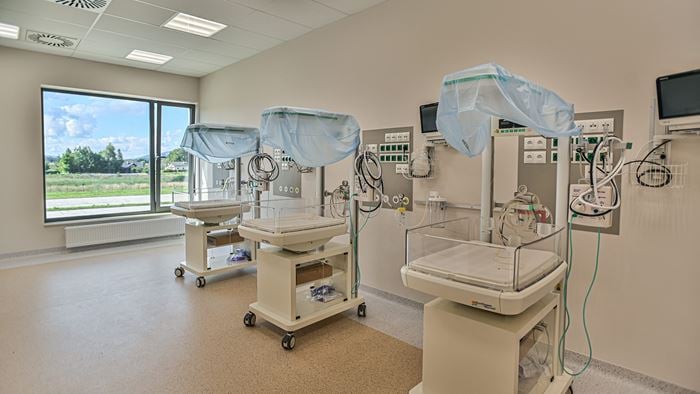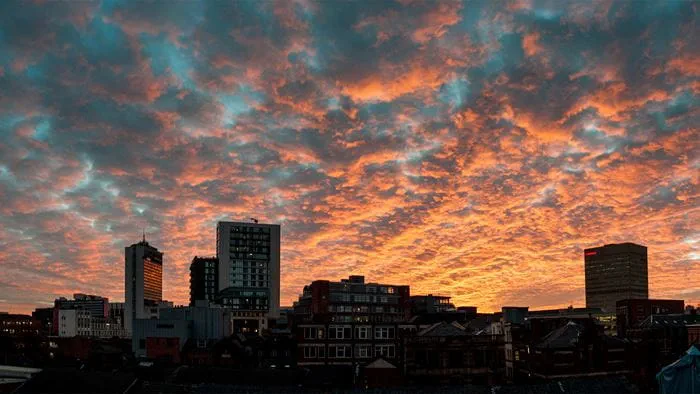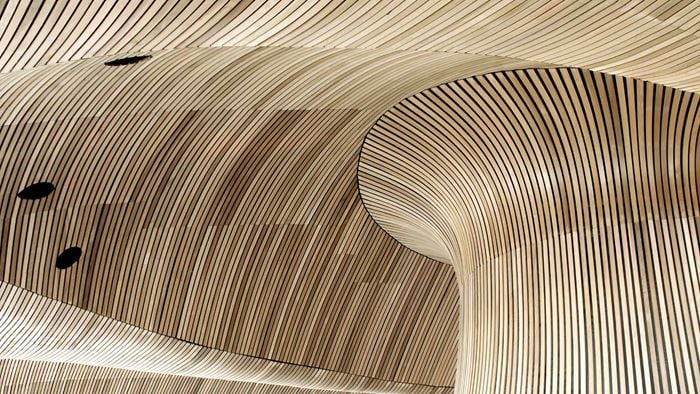The Grote Marktstraat in The Hague is undergoing complete refurbishment using a design made by ELV Architects. This assignment is commissioned by the Municipality of The Hague. Arup is involved as the designer of the lighting and the tensegrity structure of the street lighting system. The plan consists of socalled chandeliers and vertical elements.
The 'Grote Marktstraat' is a central street in the Hague. The three-dimensional network of light connects the streetscape to the monumental buildings and appealing shops.
+ Download an interactive pdf detailing the features of the Grote Marktstraat (pdf, 18MB)
Tensile and compression forces
Built as a tensegrity structure of compression forces and tensile strength, the elements are floating above the three main junctions of the Grote Marktstraat. Between the 'chandeliers', vertical elements are hanging down, based on the same structural principle.
By integrating the lighting system into the structure, an aesthetic dimension is added to the spacial perception of the street.
Interactive architecture
Uniting form and function, structure and lighting, the network is also an example of interactive architecture. The chandeliers connect the public to the environment, as the lighting responds to the direction, velocity and quantity of people on the street. LED technology enables adjusting the lighting and creating lighting effects by changing the color.
Day and night
During daytime, the several structures breathe an air of controlled will, consisting of oblong elements. At night however, the elements fade into a cloud of light, when only the ends of the bars radiate.
The design of the chandeliers and the vertical lighting fixtures are built in according the 'tensegrity' principle. This word combines 'tension' and 'integrity'.
Tensegrity, or floating compression, is a structural principle based on the use of isolated components in compression inside a net of continuous tension, in such a way that the compressed members (usually bars or struts) do not touch each other and the prestressed tensioned members (usually cables or tendons) delineate the system spatially.

